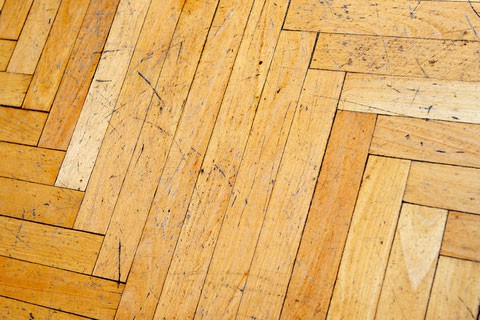6 Simple Tricks for Real Wood Repair

One of the biggest benefits of owning real wood furniture is that the strength and sturdiness that goes with it also means that most of the simplest damage can usually be repaired with a little bit of elbow grease. A typical wood repair kit can easily be assembled inexpensively and with a little bit of know how anyone can complete many of the most common types of repairs that are required to restore the wood.
6 Most Common Real Wood Furniture Repairs
All-natural restoring of wood furniture – While most finishes used in woodworking and furniture making are made with a number of different chemicals that used to alter the color of the wood and also seal it to keep out the wood protected. An alternative would be to use coconut oil which will help draw out the natural wood grain without staining the wood darker.
Use only natural compounds for staining of wood – Fortunately, real wood furniture can often be repaired depending on the damage by using simple, all-natural compounds like vinegar. It will slightly change the color and bring out the full grain of the wood. Depending on the darkness of the color you want, you can use apple cider or balsamic vinegar.
Minor scratches, scrapes, and nicks – Legs of tables, chairs, and bedposts frequently end up with little nicks and scratches from being kicked and other minor mishaps. These little blemishes can easily be remedied by following this recipe; ¾ cup of canola oil and ¼ cup of vinegar. In no time the minor imperfections will simply disappear from sight.
Using filler materials for major repairs – While most small repairs can be done easily, in the event of a major repair there may be a need for some type of filler material. You can either use wood putty or in some cases some leftover Bondo (automotive body filler) that you might still have in the garage. Either way, you use filler material to patch the larger areas of damage and then stain to match the rest of the piece of furniture.
Using chemical strippers to remove layers of finishes – Depending on the age of the piece of furniture it might be necessary to strip off many layers of varnish or paint in order to get down to the original wood material. There are a number of different chemical strippers on the market that are relatively safe as long as you follow all of the safety precautions listed on the label. A good stripper should be able to quickly and easily remove most types of finishes.
Covering up deep holes – When it comes to covering up holes in wood such as nail holes commonly found in reclaimed wood (from shipping pallets) you want to resist the temptation of using glue or filler material. It is far better to use a toothpick, sharpened dowel rod or even a wooden skewer. Simply jam it in and break it off and sand it smooth. This will give you a more natural look than any filler material can.
